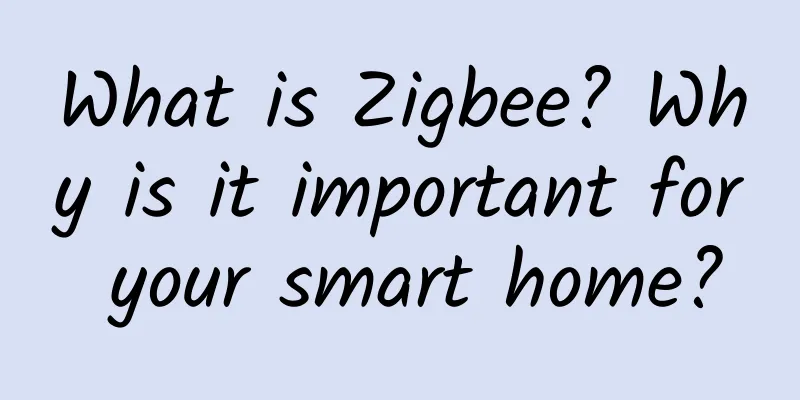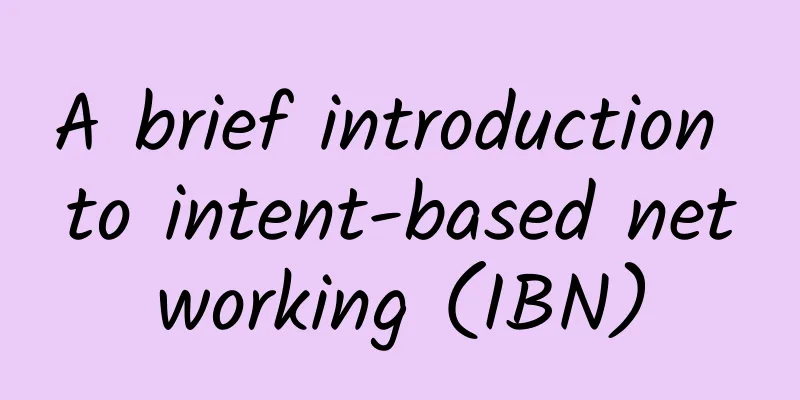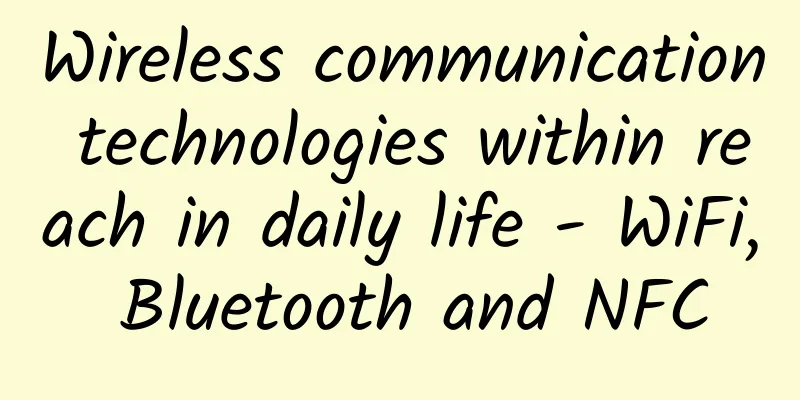What is Zigbee? Why is it important for your smart home?

|
Smart home connections include not only familiar technologies such as Wi-Fi and Bluetooth, but also some industry-specific protocols that are more suitable for smart home applications, such as Zigbee, Z-Wave and Thread. When it comes to home automation, there are a wide range of products on the market that allow you to easily control everything from lighting to heating. Thanks to the popularity of voice assistants like Alexa, Google Assistant and Siri, you can even ensure that devices from different manufacturers work together. That's thanks in part to wireless standards like Zigbee, Z-Wave, and Thread, which allow commands (like a smart light bulb turning on a certain color at a certain time) to be sent to multiple devices at once, provided you have a compatible smart home hub that can communicate with all your smart home devices. Unlike Wi-Fi, these smart home standards use very little power, which means many smart home devices can be used without frequent battery replacements, and some may not require replacement for years. What is Zigbee?As we have already mentioned, Zigbee is a wireless networking standard whose specifications are maintained and updated by the Zigbee Alliance (now renamed the Connectivity Standards Alliance), a non-profit organization founded in 2002. More than 400 technology companies support the standard, including IT giants like Apple, Amazon and Google, as well as many well-known brands such as Belkin, Huawei, IKEA, Intel, Qualcomm and Signify. Zigbee can transmit data wirelessly over a distance of approximately 75 to 100 meters indoors or approximately 300 meters in the open air, which means it can easily provide strong, stable coverage throughout the home. How does Zigbee work?Zigbee sends commands between smart home devices, such as from a smart speaker to a light bulb, or from a switch to a light bulb - without first going through a central control hub, such as a Wi-Fi router. The signal can also be sent and understood by the receiving device. It doesn't matter which manufacturer it was made by. As long as they all support Zigbee, they can understand the same language. Zigbee operates in a mesh network, which means that commands can be sent between devices connected to the same Zigbee network. In theory, each device acts as a node, receiving and transmitting data to every other device, helping the command data spread further, and the smart home network can cover a large area. With Wi-Fi, however, the signal weakens with distance or may be blocked entirely by the thick walls of an older home, meaning commands may not reach the farthest smart home devices at all. The mesh structure of a Zigbee network also means there is no single point of failure in the network. For example, if your home is filled with Zigbee-compatible smart light bulbs, you probably want them all to be lit at the same time. If one of them isn't working properly, the mesh ensures that the command will still be able to be delivered to every other light bulb in the network. In reality, however, this may not be the case. While many Zigbee-enabled smart home devices act as repeaters that pass commands across the network, some devices can send and receive commands but are unable to forward them. As a general rule, devices powered by the mains act as repeaters, broadcasting all signals they receive from other nodes on the network. Battery-powered Zigbee devices do not typically do this; instead, they simply send and receive commands. This is where a Zigbee-enabled hub comes into play, as it ensures that commands are relayed to all the right devices without having to rely on the Zigbee mesh alone to deliver them. Some Zigbee products come with their own hubs, however, Zigbee-enabled smart home devices can also connect to third-party Zigbee-enabled hubs, such as the Amazon Echo smart speaker or Samsung SmartThings hub, making the solution more affordable and ensuring that your home doesn’t have redundant devices. Is Zigbee better than Wi-Fi and Z-Wave?Zigbee uses the IEEE's 802.15.4 personal area network standard for communication and operates on the 2.4GHz, 90MHz, and 868MHz frequencies. Its data transfer rate is only 250kB/s, which is much slower than any Wi-Fi network. But because only a small amount of data is transmitted, Zigbee's slow speed is not a big deal. There is a limit to the number of devices, or nodes, that can be connected to a Zigbee network. But smart home users don’t need to worry, because that number goes up to 65,000 nodes. So unless you’ve somehow built a truly gigantic house, everything should be connected to a single Zigbee network. By comparison, another wireless smart home technology, Z-Wave, is limited to 232 devices (or nodes) per hub. For this reason, Zigbee offers better smart home technology, but only if you have a particularly large house and plan to fill it with more than 232 smart devices. Z-Wave can transmit data farther, about 100 feet, while Zigbee has a range of between 30 and 60 feet, but Z-Wave is slower, with data transmission speeds between 10 and 100 kilobytes per second, compared to Zigbee's 40 to 250kbps. They are both much slower than Wi-Fi, which is measured in megabits per second and can transmit data between about 150 and 300 feet, depending on obstructions. Which smart home products support Zigbee?Zigbee may not be as ubiquitous as Wi-Fi, but it’s also in a staggering number of products; the Connectivity Standards Alliance has more than 400 members from 35 countries. The alliance also says there are more than 2,500 Zigbee-certified products, with more than 300 million units produced to date. In many cases, Zigbee is a technology that runs quietly in the background of your smart home. You might have a Philips Hue smart lighting system installed, controlled by the Hue Bridge, and not know that the wireless technology powering it is Zigbee. This is partly the point of standards like Zigbee (and Z-Wave), because they just keep working without you having to configure them like you would with Wi-Fi. |
>>: The impact of hybrid IT environments on NetOps professionals
Recommend
CloudCone: $14/year KVM-512MB/10GB/3TB/Los Angeles data center
CloudCone has launched a flash sale for 2021, off...
In the past six years, the total financing of my country's 5G industry has reached 127.874 billion yuan, with China Unicom leading the way
5G commercial use is about to enter the fast lane...
Intelligent wireless coverage solutions in complex industrial environments
Recently, NTT has provided customers with intelli...
Σco Time | Grasping new trends, Hunan's smart campus transformation is accelerating
【51CTO.com original article】 Networking, digitiza...
How does DNS work? See how this "translator" converts domain names and IP addresses
[[277197]] 1. What is DNS? DNS (Domain Name Syste...
OpLink: $4.95/month-AMD Ryzen/4GB/250GB NVMe/16TB@10Gbps/Houston
OpLink recently launched a new promotion on LET, ...
TCP reliable transmission, flow control, congestion control, the essence of TCP is all here
[[334785]] Table of contents Packet capture proce...
Review of the year when 5G “set sail”: The wind is right and the sails are full
From the initial standard to its implementation, ...
V5.NET New Year 20% off, Hong Kong E5 dedicated server monthly payment starts from HK$440
V5.NET is a business that provides independent se...
Is SD-WAN dead? The answer is of course no
At first glance, everyone must be shocked by thi...
5G video calls can't save 5G. The problem with 5G is 5G itself.
The video call function is actually not new. It h...
iWebFusion clearance special offer for dedicated servers starting from $45/month, multiple data centers in Los Angeles and other places
iWebFusion recently launched an Inventory Closeou...
CUBECLOUD VPS Hosting 12% off, Hong Kong CN2 GIA/Los Angeles CN2 GIA/AS4837 optional
CUBECLOUD has launched a promotional activity cal...
The three major telecom operators earned 387 million yuan a day in 2020
On March 25, China Mobile released its 2020 perfo...
SA: Global 5G users exceed 1 billion, and 5G networks will cover 36% of the world's population
Strategy Analytics released a report today saying...









